In a world where global reach is paramount, creating a user-friendly and culturally sensitive Android app often requires supporting multiple languages. Fortunately, the Android platform offers a robust solution to cater to diverse audiences through language-specific resource directories. In this guide, we’ll walk you through the process of adding multilingual support to your Android app using these directories.
Understanding Language-Specific Resource Directories:
Android’s resource directory structure allows you to provide different versions of resources, including strings, images, and layouts, for various languages. By organizing these resources in language-specific directories, the Android system automatically loads the appropriate resources based on the user’s device language settings.
Step-by-Step Implementation:
Create Resource Directories: In your app’s ‘res’ directory, you’ll create subdirectories named according to the language’s ISO 639-1 code (e.g., ‘values-es’ for Spanish, ‘values-fr’ for French). These subdirectories will hold the resources specific to each language.
Strings Resource Files: Within each language-specific directory, create a ‘strings.xml’ file. This file will contain the translated strings for that language. For example, ‘values-es/strings.xml’ will hold the Spanish translations.
Providing Translations: In each ‘strings.xml’ file, you’ll define the translated strings with the same names as the default strings in the ‘values’ directory. For instance, if your default English ‘strings.xml’ contains Welcome to the App!, the Spanish ‘strings.xml’ will have ¡Bienvenido a la App!.
Image Resources: You can also include language-specific image resources in drawable folders named similarly (e.g., ‘drawable-es’ for Spanish). This allows you to provide culturally relevant images for different audiences.
Handling Device Language:
The Android system automatically detects the user’s device language and loads resources from the appropriate language-specific directory. If no matching resources are found, the system falls back to the default ‘values’ directory.
Testing Multilingual Support:
To test your app’s multilingual support, you can change the device’s language settings from the device’s system settings. When you relaunch your app, it should display the translated content and resources based on the selected language.
Best Practices:
Localization Files: Keep the translations and resources up-to-date. Regularly review and update your language-specific resource directories to ensure that your app remains culturally relevant.
Cultural Sensitivity: Be mindful of cultural nuances, idiomatic expressions, and appropriate images while providing translations and resources.
String Formatting: Be cautious of string formatting in translations, as sentence structures and placeholders may vary between languages.
Conclusion: Unleashing Global Potential
Adding multilingual support to your Android app using language-specific resource directories is a powerful way to connect with users from diverse linguistic backgrounds. By providing content in users’ preferred languages, you create a more personalized and engaging experience, expanding your app’s reach to a global audience. The Android platform’s resource directory structure simplifies the process, ensuring that your app remains accessible and relevant across languages and cultures.




